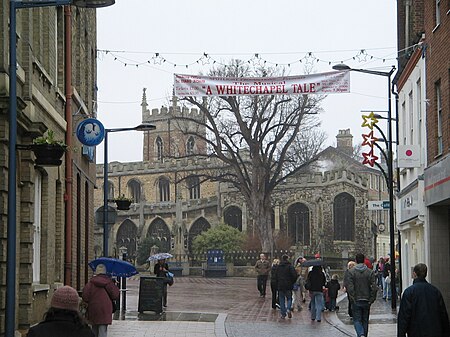Huntingdonshire
Counties of England disestablished in 1965Counties of England established in antiquityFormer counties of EnglandHistory of CambridgeshireHuntingdonshire ... and 4 more
Local government in CambridgeshireNon-metropolitan districts of CambridgeshirePages with non-numeric formatnum argumentsUse British English from May 2015

Huntingdonshire (; abbreviated Hunts) is a local government district of Cambridgeshire and a historic county of England. The district council is based in Huntingdon. Other towns include Godmanchester, Kimbolton, Ramsey, St Ives and St Neots. The population was 180,800 at the 2021 Census.
Excerpt from the Wikipedia article Huntingdonshire (License: CC BY-SA 3.0, Authors, Images).Huntingdonshire
Woodwalton Lane, Huntingdonshire
Geographical coordinates (GPS) Address Nearby Places Show on map
Geographical coordinates (GPS)
| Latitude | Longitude |
|---|---|
| N 52.416666666667 ° | E -0.25 ° |
Address
Woodwalton Lane
Woodwalton Lane
PE28 5YJ Huntingdonshire
England, United Kingdom
Open on Google Maps







